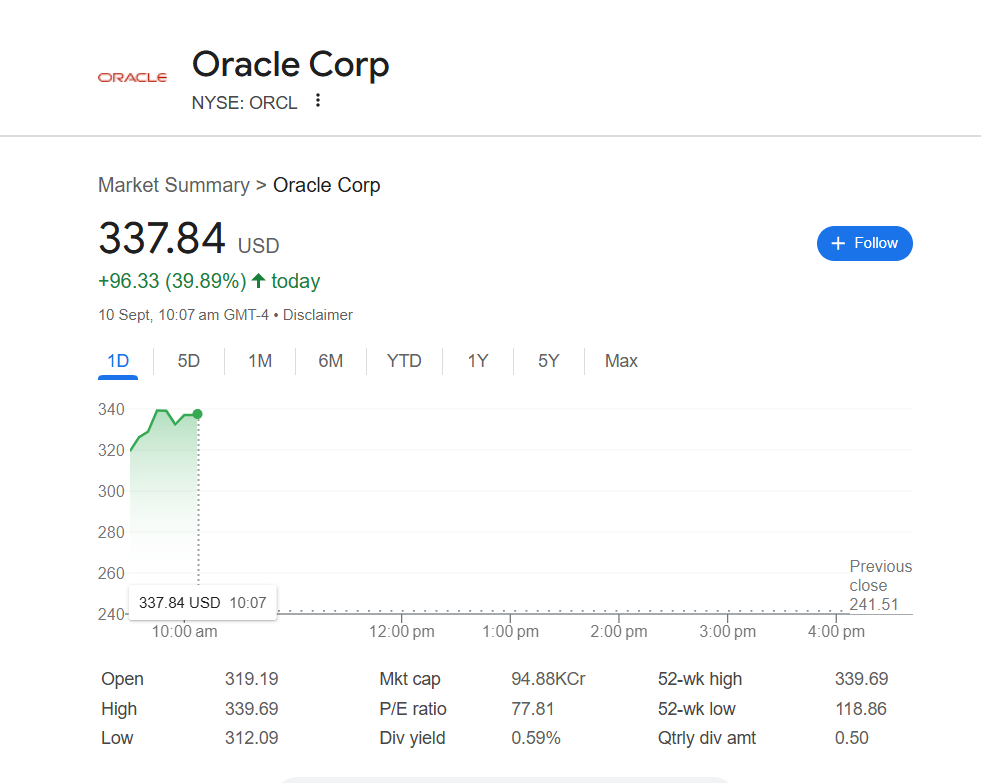Sanjay Dutt’s award-winning premium Scotch whisky, ‘The Glenwalk,’ is disrupting the Indian spirits market with stellar sales of over 1 million bottles nationwide in a short span of four months (April ‘25- August ‘25). This achievement marks a 5x growth in sales, a significant jump from over 0.2 million bottles sold last year during the same time period. The Glenwalk’s rapid ascent has been spearheaded by the expertise of Cartel Bros’ co-founders Mokksh Sani, Jitin Merani, Rohan Nihalani, and Manish Sani. Their bold market strategies and innovative offerings have been instrumental in the brand’s remarkable trajectory.
Gaining momentum on this accelerated growth, The Glenwalk is now available in Meghalaya. With a well-defined national expansion strategy, The Glenwalk is now available across 15 Indian states, including key markets such as Maharashtra, Haryana, Delhi, Karnataka, and Tamil Nadu. Its global footprint is equally impressive, with a presence in four international markets: Canada, Australia, New Zealand, and the UAE. The brand is available at over 10,000 retail and bar outlets and featured in more than 24 duty-free stores worldwide, a rare accomplishment in the premium spirits category.
In Meghalaya, The Glenwalk will be priced competitively at ₹1708, offering a premium yet affordable choice for discerning whisky enthusiasts. The brand aims to sell over 8000 cases in its first year, with a strong focus on establishing Meghalaya as one of its leading markets in Northeast India.
“The Glenwalk’s journey has been phenomenal, and our success is a direct result of our strategic vision and the immense market potential we identified. We’re excited to see what the future holds as we expand our presence across the nation,” stated Mokksh Sani, Founder of Living Liquidz, Mansionz, and Co-founder of Cartel Bros. Reflecting on the brand’s remarkable journey, Sanjay Dutt, celebrity brand ambassador and co-founder of The Glenwalk, said, “Witnessing The Glenwalk’s meteoric rise in such a short span has been genuinely inspiring. We’ve achieved in two years what takes many brands decades. Our success is a testament to the team’s relentless effort and the high-quality product we offer, and I’m excited for this next phase of growth.”
The Glenwalk has cemented its status as one of the fastest-growing Scotch whisky brands globally, with over 10 global whisky awards and 4 business recognitions. The brand is set to expand its portfolio with the launch of two new ranges in the coming months—a 5-Year-Old and a 7-Year-Old Expression. As it continues to evolve with consumer preferences, The Glenwalk is also gearing up for further expansion into 6 more Indian states and 5 international markets, including the USA, Hong Kong, Nepal, Sri Lanka, and regions across Africa.
About The Glenwalk
The Glenwalk Scotch Whisky, founded and owned by Cartel Bros, is a premium blend crafted with the finest Scotch malts and grains, aged for three years. Sanjay Dutt is the celebrity brand ambassador for The Glenwalk. Produced in Scotland by one of the top 3 manufacturers in the world, The Glenwalk offers exceptional quality at an attractive price point. Just over two years since its launch, The Glenwalk has expanded to 15 Indian states and four international markets, partnered with over 30 distributors, and is available in more than 10,000 outlets and 24 duty-free stores worldwide. With over 10 global whisky awards and multiple business recognitions, it stands among the fastest-growing Scotch whisky brands globally.



